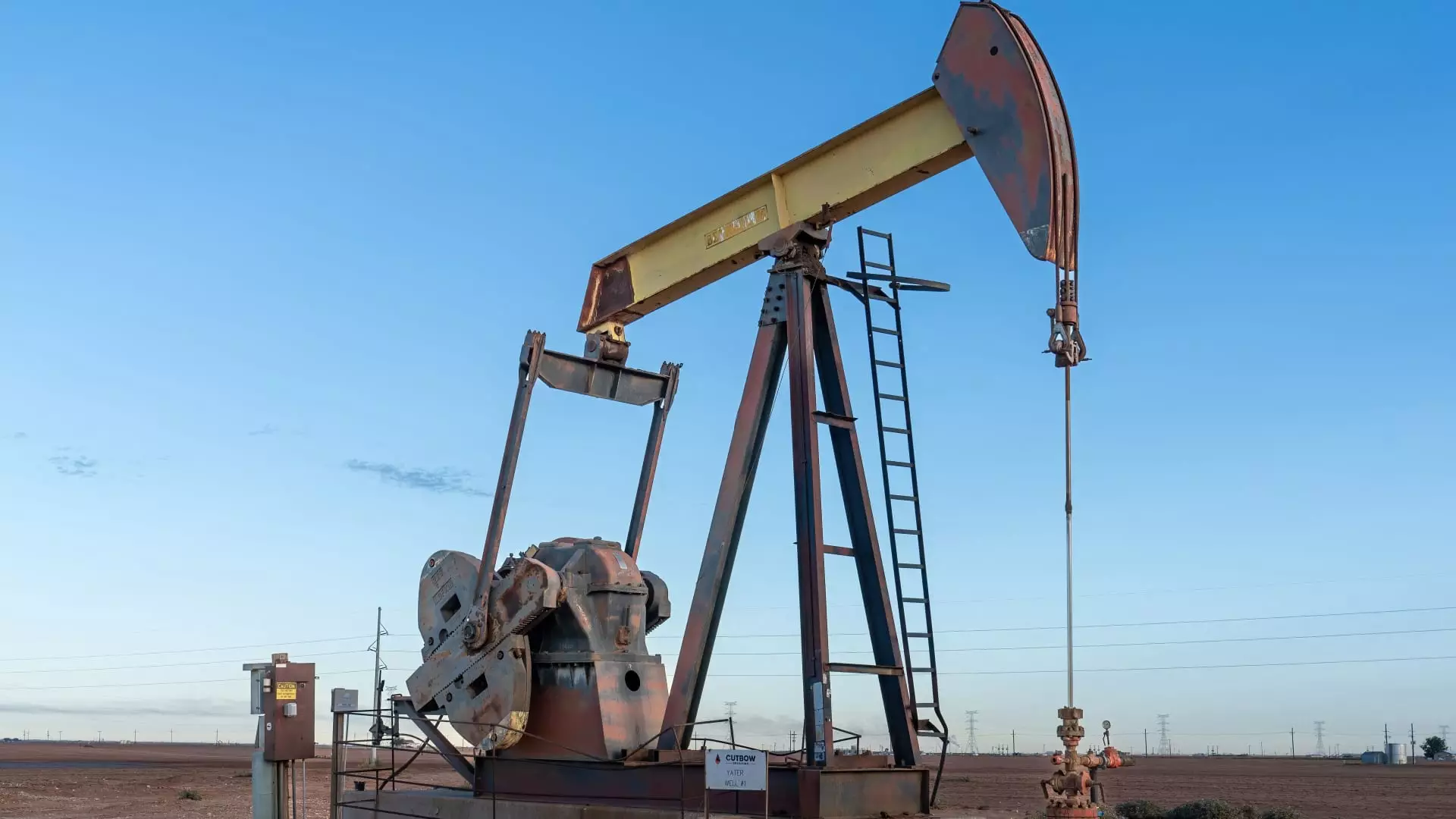The Biden administration has recently unveiled final rules that are intended to crackdown on U.S. oil and gas industry releases of methane. These rules, which have been in the works for the past two years, were announced at the United Nations COP28 climate change conference in Dubai. The United States and other participating countries have committed to reducing methane emissions by 30% from 2020 levels by 2030. Methane, a potent greenhouse gas, is released during oil and gas drilling and has a greater warming potential than carbon dioxide. The new rules aim to curb these emissions and make a significant impact on limiting climate change.
Methane emissions from the oil and gas industry often go undetected, leaking into the atmosphere from drill sites, gas pipelines, and other equipment. Unlike carbon dioxide, methane breaks down faster in the atmosphere, meaning that reducing its emissions can have an immediate effect on limiting climate change. The Biden administration recognizes the urgent need to address these emissions and has taken proactive steps to meet international commitments and improve air quality.
Under the Environmental Protection Agency’s (EPA) new policies, several key provisions have been put into place. Firstly, routine flaring of natural gas produced by newly drilled oil wells will be banned. This will help to minimize methane emissions that result from this common practice in the industry. Additionally, oil companies will be required to monitor for leaks from well sites and compressor stations, ensuring better detection and mitigation of methane releases. The establishment of a program utilizing third-party remote sensing to detect large methane releases from “super emitters” is another important component of the new rules. These measures collectively aim to prevent an estimated 58 million tons of methane from reaching the atmosphere between 2024 and 2038.
Several environmental groups have applauded the new rules on methane emissions. They argue that strong standards are necessary to reduce climate pollution and protect the health and safety of workers and communities living near fossil fuel extraction sites. Earthjustice, for example, has praised the rules and emphasized their importance in curbing climate change. Moreover, the economic benefits associated with the rules cannot be understated. The EPA estimates that the rule will yield climate and health benefits of up to $7.6 billion annually through 2038. Additionally, the recovery of up to $13 billion worth of natural gas over the same time period further underscores the economic advantages of these regulations.
The final rules released by the EPA differ somewhat from the draft proposals that were released in previous years. One notable change is that the industry has been given more time to comply with the regulations, addressing concerns raised during the drafting process. Furthermore, the Super Emitter Program has been modified to ensure that information on methane leaks is sent directly to the EPA for verification, rather than being sent to companies first. This change has been met with resistance from the oil and gas industry, as they argue it places too much power in the hands of environmental groups.
The American Petroleum Institute (API), a trade group representing the oil and gas industry, has expressed its intention to review the new rules. They emphasize the need for a balance between emissions reductions and meeting the rising energy demand. API’s senior vice president of policy, economics, and regulatory affairs, Dustin Meyer, argues that any effective regulations must take into account the industry’s need to continue providing sufficient energy resources.
The Biden administration’s final rules on methane emissions signify a significant step towards curbing greenhouse gas emissions and addressing climate change. The regulations aim to reduce methane leakage in the oil and gas industry and have garnered support from environmental groups. While there may be some differences in opinion, particularly in regard to compliance deadlines and industry oversight, it is clear that action is being taken to tackle this pressing issue. The implementation of these rules not only demonstrates the United States’ commitment to international climate goals but also sets an example for other nations to follow suit in reducing harmful methane emissions.

Leave a Reply